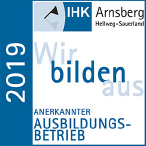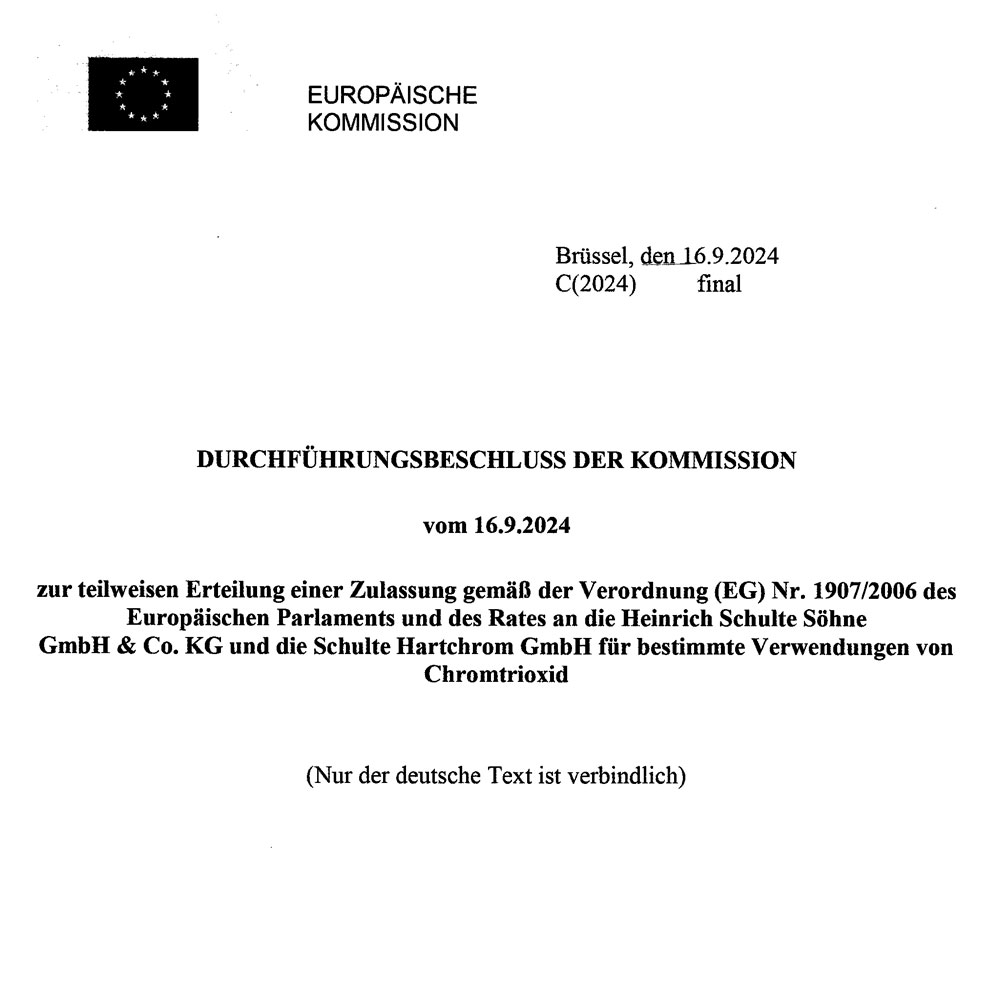Hard chrome plating is still a forward-looking process for the production of the highest surface qualities for low-friction, low-wear manufacturing operations to reduce your costs . With its high surface hardness, hard chrome plating helps increase service life by reducing wear. It provides corrosion protection, prevents adhesion and prolongs the service life of gloss qualities.
It also has a low coefficient of friction and improves thermal stress stability. Its worth has likewise been demonstrated for the refurbishing of workpieces that are damaged, worn or with dimensions smaller than specified. We offer our customers a very wide range of product-specific processes. Some of the special electrolyte baths used in these processes achieve a chrome hardness of up to 1100 HV 0.1.
All the metals and their alloys currently used in mechanical and plant engineering can be hard-chromed by us, e.g.:
- plain carbon steels
- high-alloy hardened steel
- stainless steels and carbon steels
- cast steel
- gray cast iron
- ductile cast iron
- titanium
- copper
- brass
- bronze
- all aluminium alloys
Physical Properties of Chrome:
High degree of hardness – low adhesion – low friction – better thermal characteristics
Typical results of a mixed acid electrolyte
| Property | Value | Unit |
|---|---|---|
| Thermal conductivity | 69,069 | J/(m s k) |
| Magnetic susceptibility | 2,6 10-6 | cm3/g |
| Linear coefficient of thermal expansion | 6,6 10-6 | 1/K |
| Modulus of elasticity | 132,4 to 156,9 | GPa |
| Tensile strength | 98 to 390 | Mpa |
| Adhesion to steel | over 1000 | N/mm2 |
Dimensions
| Diameter in mm | Overall length in mm | Width in mm | Weight in kg |
|---|---|---|---|
| up to 1500 | 13.000 | 10.000 | |
| up to 3400 | 5.900 | 40.000 | |
| plates up to | 8.800 | 2.880 | 10.000 |
| Shapes up to | 3.000 | 3.000 | 40.000 |
Higher weights and larger dimensions on request.
We will be happy to carry out any grinding, polishing or welding work required.
Useful preparation before hard chroming:
To avoid unnecessary preparatory, intermediate or reworking steps and therefore additional costs for you within the hard chroming process, the following remarks should be noted for your planning and preparations:
- ensure good access to the surfaces to be chromed
- avoid sharp edges and corners if possible
- the uniformity of the coating structure improves with the size of the radii
- welds in the surface to be chromed are to be free from pores and cracks
- pre-polish or pre-grind surfaces to be chromed
- avoid pores, cracks, scratches, grooves or other faults in the material since these will not be covered or filled by the chrome layer
- allow enough time for processing since certain hard chroming and grinding processes cannot be shortened without loss of surface quality



